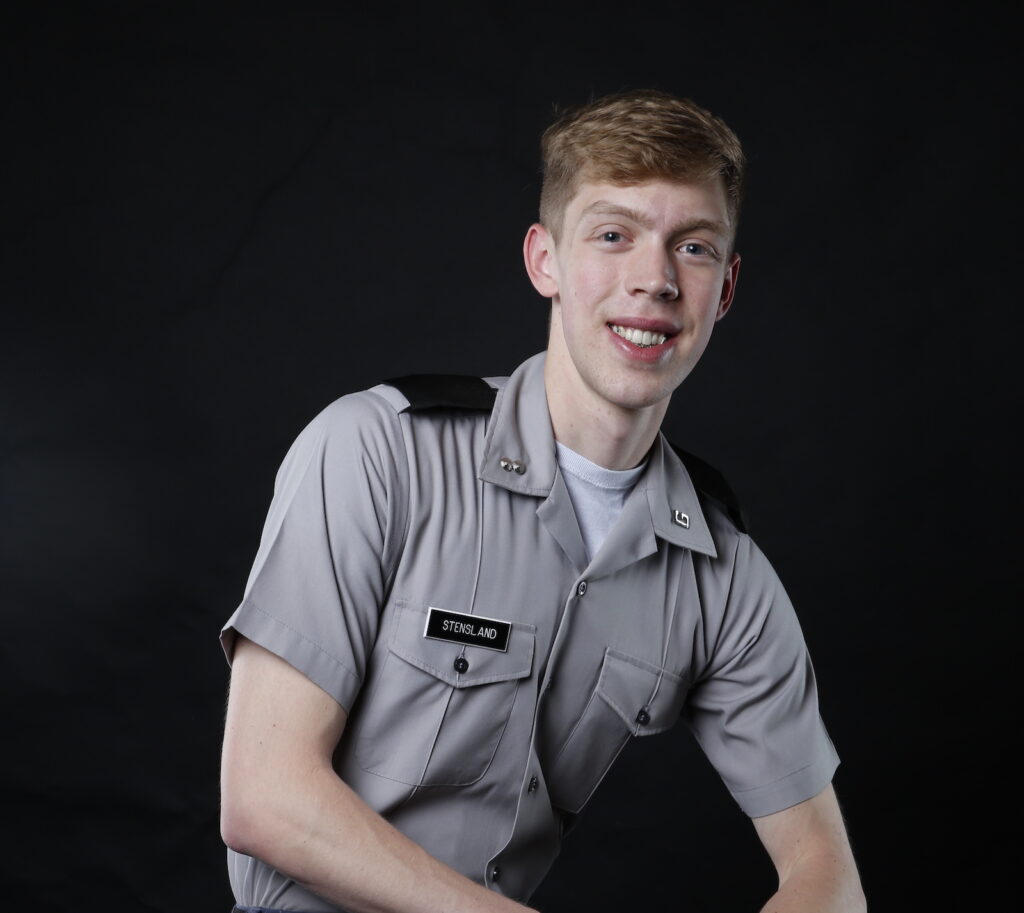“We built our own robot,” said physics major Alex Stensland, ’22. “It’s less sophisticated than the technical robots the nanotechnology industry uses.” Stensland’s research on electrochromism increases nanometer-scale film production accessibility, and his work garnered him second-place in the South Carolina Academy of Sciences Undergraduate Platform Award in the oral chemistry division.
Stensland worked alongside physics professors to make film production more reproducible. Nanometer-scale film functions as tint for products like sunglasses and rearview mirrors. “Traditional electrochromic office windows, for example, only change to one color,” Stensland said. “Ours, because it has the capability to change to multiple different colors, opens up a lot more applications for these electrochromic devices.”
Films are constructed layer by layer. Stensland’s method incorporates laser light, allowing him to manipulate irradiation time, intensity and location as well as the number and thickness of layers. Adjusting these variables means he can pattern the student-grade film.
“In the industry,” Stensland said, “film can cost millions of dollars to produce. Our cost is around $300 to $400.” Stensland’s process prioritizes affordability over precision, so cadets can experiment with low-cost materials while gaining valuable experience.
As a cadet, Stensland enjoyed The Citadel’s small class sizes that allowed him to explore his interests. “We work one-on-one with the professors all day,” he said, “and our physics department is big enough to have resources for us to pursue our research projects and academic interests.”
“Film can cost millions of dollars to produce. Our cost is around $300 to $400.”
Although Stensland just graduated, the next cadets in the Long Gray Line can build upon his work. “My end goal is to have one of the juniors carry on this project because there are many different applications and ways you can refine and build a final process,” he said. Stensland’s findings are part of his Citadel Undergraduate Research Experience and were published in May.

